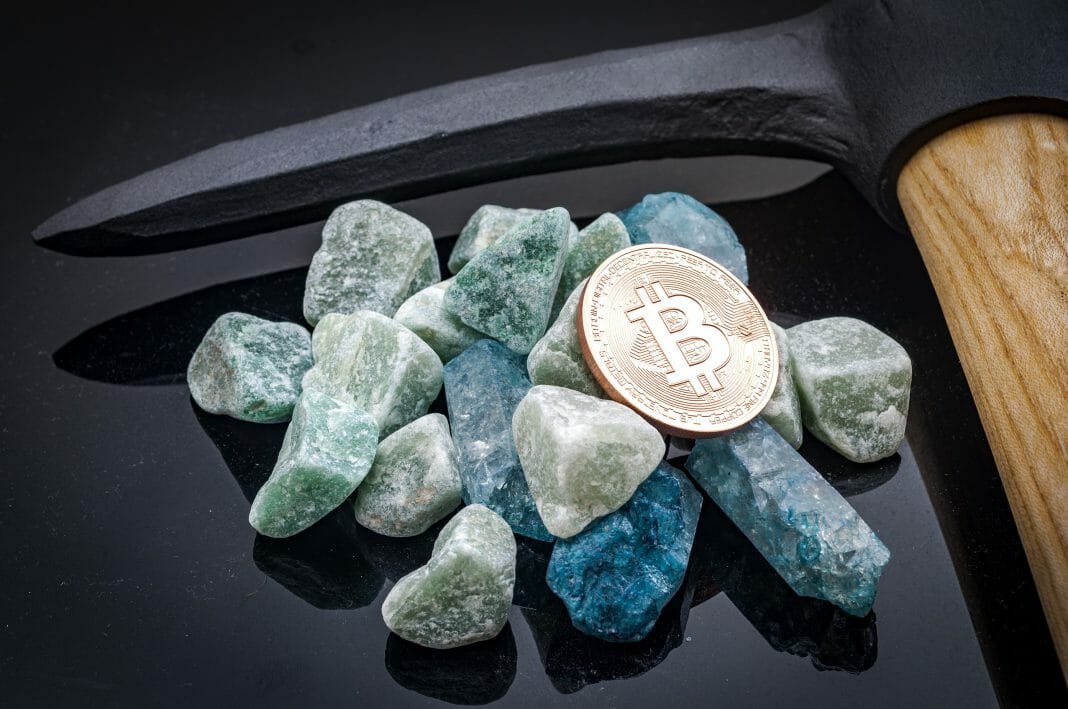Ordinal’s high level of trading caused bottlenecks in the Bitcoin Blockchain, which ended up benefiting mining.
For the first time since 2017, Bitcoin transaction fees exceeded the classic mining block payout. In that sense, numerous pools reported that the reward trends received by miners were reversed. The latter happens during times of bottlenecks in the pioneering cryptocurrency’s Blockchain.
Digital mining offers two types of rewards to miners. One of them, the best known, is the release of new coins that the network delivers as a reward for processing valid blocks of transactions. Currently, the network pays 6.25 BTC for each block. The second way is through commissions that network users pay for each transaction they make. These are distributed among the miners.
Historically, and due to the low adoption of the network, the first has been the dominant one, and the second is seen as “an extra”. But now there’s an unusual change that puts transaction rewards higher than block processing rewards. Some pools like Luxor Technologies and AntPool confirmed such network behavior.
Ordinal’s Role in Bitcoin Mining Change
This atypical behavior that benefits the Bitcoin mining business has its origin in the use of Ordinals in that network. These are a new type of non-fungible tokens (NFTs) native to the Bitcoin Blockchain. They are registered in a satoshi, the smallest fraction of a BTC.
In any case, they have been gaining popularity for several months. The problem with this is that the Bitcoin network has low scalability, which causes bottlenecks that prevent the normal flow of transactions. To get transactions out of bottlenecks, people pay a higher commission, which drives up the average fee.
Those commissions are shared among the miners who include the transactions in the blocks. In this way, in times of blockages in the blockchain, the miners are the first to benefit.
A Glimpse into the Future of the Mining Business
Every four years or so, Bitcoin halving occurs. It is an automatic update of the network that aims to generate scarcity in that digital currency. To do this, it halves the rewards that the network pays to miners for each block mined. The next cut will be in 2024 when the block rewards will drop from 6.25 BTC to 3,125 BTC.
The latter means that there will be fewer coins for an increasing number of miners. This trend of halvings will continue every four years until the last BTC in the network is exhausted in the year 2140. Over the course of more than a century, it is assumed that the currency will be adopted by billions of people. Consequently, with such a poor scalability network, it is to be expected that when the last BTC is depleted no one will miss that reward mechanism.
There will come a time when the rewards will be so low that miners will only care about fee rewards. The latter suggests that scarcity and mass adoption will drive the price of the coin to a level that few dare to imagine. Probably in a few decades, a fraction of satoshi will be as expensive as a BTC now.
Be that as it may, at present, the trend is just beginning to show itself, as both the Ordinals and Pepe Coin are the current benefactors of Bitcoin mining.
By Audy Castaneda









